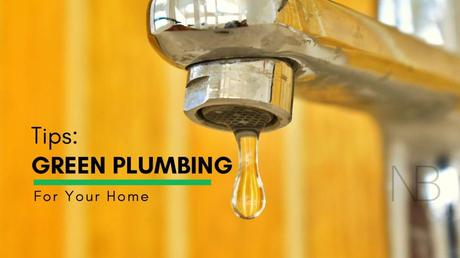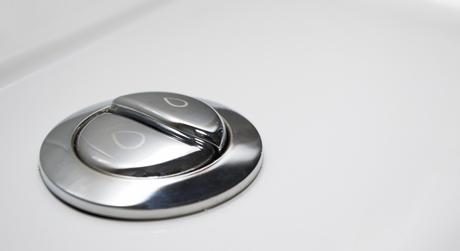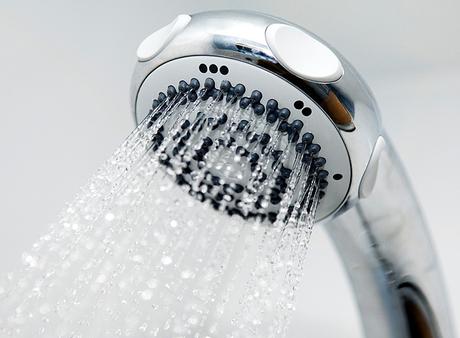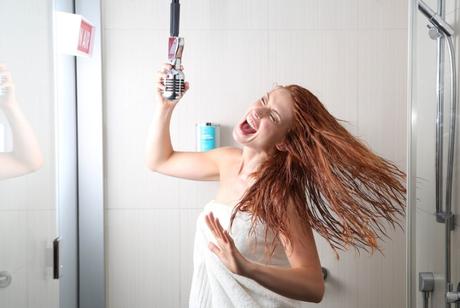
Having an excellent plumbing system makes every home conducive for healthy and safe living.
Can you imagine drinking water from a poorly maintained plumbing system? I know it makes me cringe as well. However, we are lucky that with the advanced technology we have now, plumbing companies offer revolutionary services to keep our plumbing system at its best condition and ensure that the quality of water we consume is clean and safe to use for whatever purpose we may need it.
Now, aside from having a functional plumbing system, we also need to consider the environment. There has been a lot of issues in the past about plumbing and its impact on the environment, and that is the reason why it is crucial that we also factor in opportunities that can help the environment through green plumbing. 'Going Green' has been a popular trend nowadays in helping address the threat of global warming. We have incorporated this concept into our lifestyle and even building an environmentally friendly home. Adapting this concept to plumbing is also becoming popular now. It has helped homeowners and the community reduce energy usage, save on water consumption, and create a healthier home.
Today in this article, we will talk about ways on how we can help save the environment through green plumbing.
Green plumbing tips you can try for your home
As we live in an era where there is abundance in technological advancement, more and more eco-friendly plumbing options are being made available in the market. We all can do our part in promoting Going Green by opting into these options.
1. Low-flow toilets
Besides serving its purpose, toilets also serve as a decorative fixture in your bathrooms, although not everyone realizes that. However, you may also want to make sure that the toilet you are getting for your home can also help you minimize your water usage daily.
Low-flow toilets rely on using less water each time you flush, and others give you the option to customize each flush. A great example is Dual-Button Toilet. This dual-flush designed toilet lets you choose between two options for water consumption during flushing. The first option is for liquid waste that uses less water, and the second is for solid waste, which will require a bit more than option number one.

Being able to customize your flush setting allows you to reduce and manage your water consumption better significantly.
2. Low-flow showerheads
Just like low-flow toilets, this option is available with shower heads too.
About 20-25% of household water usage comes from showering, and low-flow showerheads can help decrease your water consumption up to 40% of your usual water consumption.

You can choose from two types of low-flow showerheads. The first one is called Non-aerating, which means the water flow is being restricted and being squeezed through small holes. This creates a strong water splash or works as massaging water spirits. The second one is called Aerating heads, which combine water with oxygen, creating a softer, bubbly shower effect.
3. Demand-type water heaters
The water heater is a must-have in every household. However, water tanks also contribute to increasing energy consumption. Luckily, we now have the demand-type or tankless water heaters that heat water directly without using storage tanks.
Once a water tap is on, the cold water goes through a pipe into the unit. With tank heaters, you will need to wait for the tank to fill up with a sufficient amount of water and wait for the heater to heat up. With Demand-type Water Heaters, you can limit the flow rate while avoiding standby energy losses when using storage water heaters.
4. Check for pipe leak
This is a very basic yet effective way to minimize excessive water consumption.
Technically speaking, pipe leak means water loss. And water loss translates to billable water consumption, even if you technically did not use them for your household needs, right? So checking your faucets, pipes, and toilets for possible leakage will help avoid unnecessary water consumption. A simple pipe leak can exhaust up to 20 gallons of water per day, while other possible plumbing leaks can consume even more.
An easy way to also determine the potential leak is by checking the water meter before and after a long period when you are not consuming any water. If the meter changed despite not using the water, then you can surely assume that you have got a leaking pipe somewhere hiding.
5. High-efficiency faucet
The bathroom faucet is another most used fixture that can contribute to water usage and wastage at home.
Did you notice when you are washing your hands, the faucet is usually left running while you lather your hands with soap? Or when you are brushing your teeth before hitting the sack, your faucet is usually left running, right? This unconscious behavior promotes unnecessary water wastage.
Then what do we do? Change our faucet-usage habit? Yes, but we know this will take a lot of time to change, and if you are looking for an immediate solution, then installing a high-efficiency faucet will surely do the trick!
High-efficiency faucet features an aerator that combines water and air. The water flow is reduced, but the water pressure remains stable. You will not notice a difference at all in the amount of water being delivered to your faucet. Still, the high-efficiency faucet helps you save a significant amount of water from being exhausted daily.
6. Minimize shower time
I know this may sound cliché, but I am positive that you have heard your mom yelling at you, asking you to shower faster because you are wasting water!

It seems funny, I know, but there is truth to this. True that we sometimes get carried away showering and maybe enjoying the studio-like sound of our voice while we sing in the shower (I am guilty!). But little did we know, we have got a shower head continuously running and exhausting water. Another instance is that while we are busy applying shampoo, some of us leave the water running and that my friend is another significant water wastage.
Be mindful of turning your shower head when you are shampooing and try to shorten your concert in the shower so you will not have to waste more water.
7. Avoid toilet water waste
This is a common habit, and I am sure that you know someone who generally flushes tissue or any trash in the toilet. Well, disposals like tissue paper should go to the refuse bin and not the toilet. See, each time you flush waste in the toilet, you are not only wasting water but also contributing to potential plumbing issues in the long run like blocked drains and eventually may call for pipe relining.
8. Conscious grooming
As mentioned earlier, most of us leave the tap running while washing hands or while brushing, and leaving the shower head running while we shampoo. Being conscious about turning off the faucet or showerhead is something that we all should practice.
Yes, it may take a lot of time to correct our habits, but this simple step can contribute immensely to saving water consumption at home. When brushing, it is best to keep a glass by the tap, and you can fill it with water when you need to rinse your mouth after brushing.
Avoid leaving your tap running.
Conclusion
There are a lot of other ways on how we can go green with our home plumbing system. However, give these items above a try and see how it can help you manage your water consumption and avoid wastage. In the long run, you will see the benefits and make a good habit of using smart, wasting less.
Featured image by Nithin Pa from Pexels
